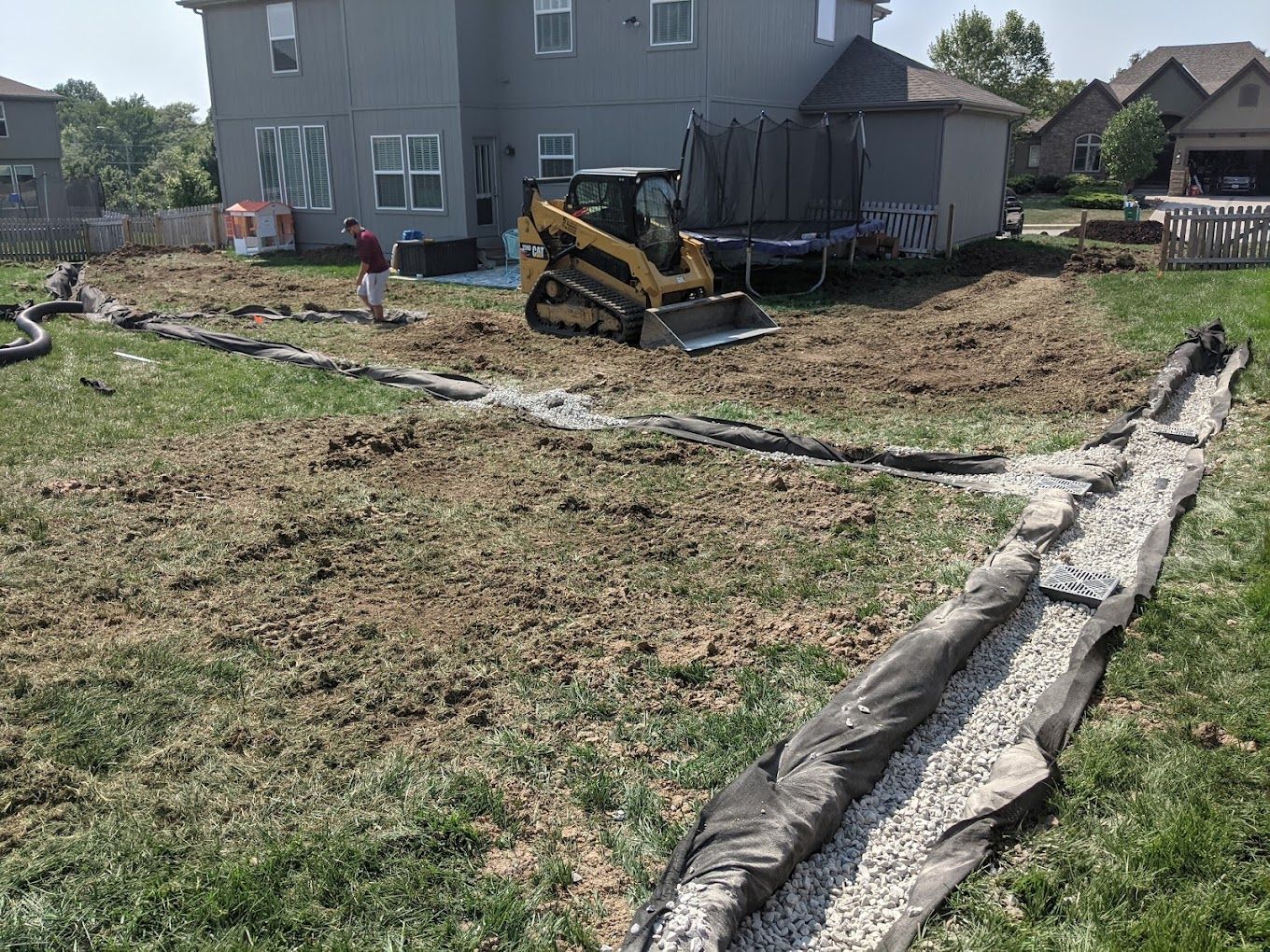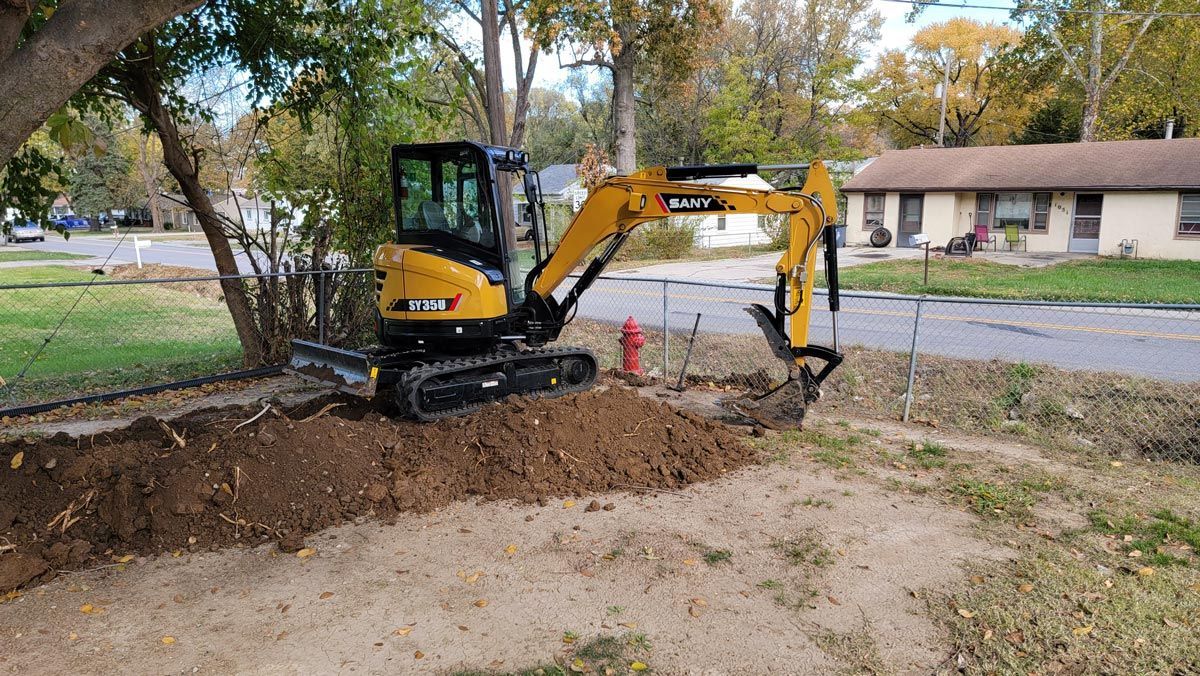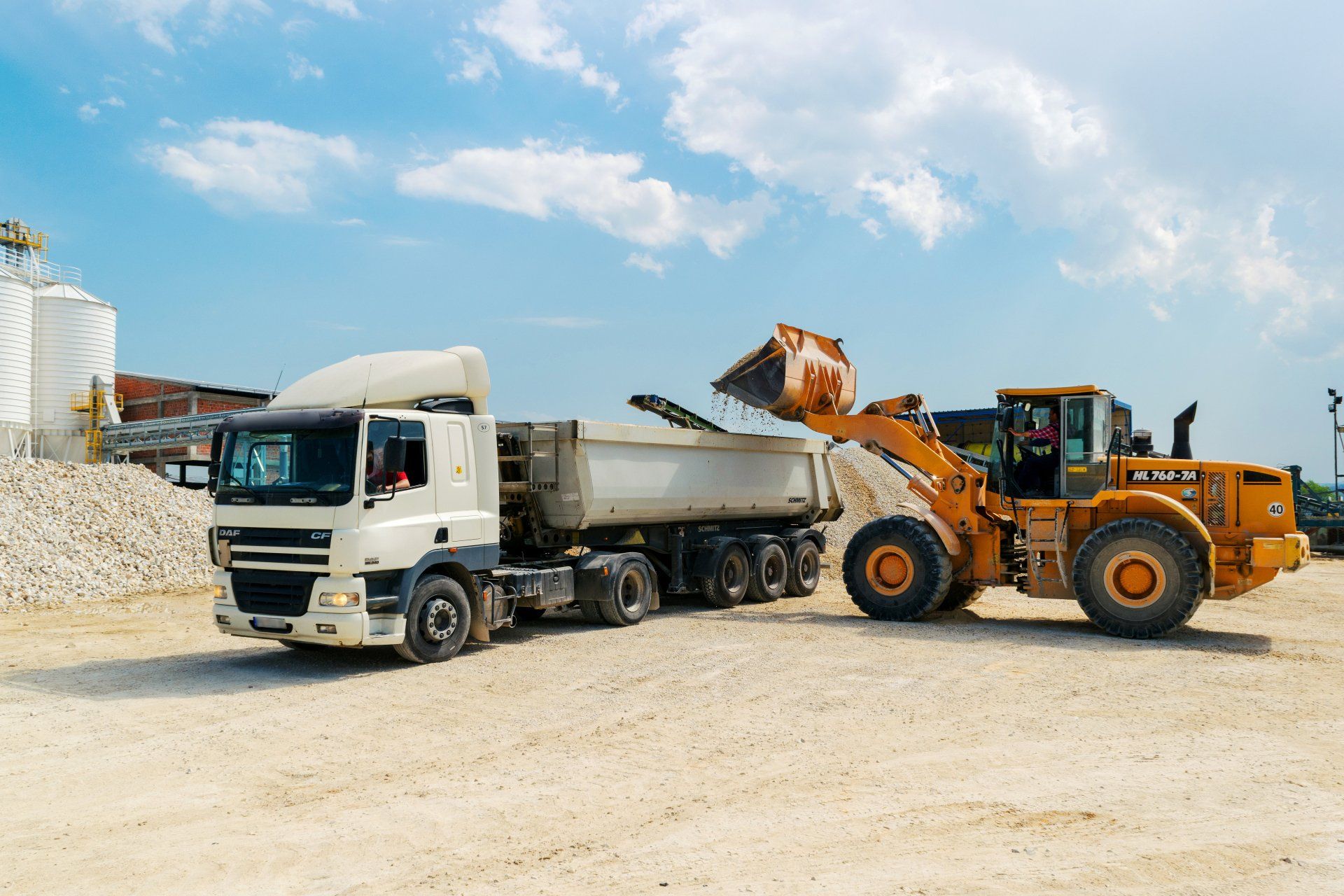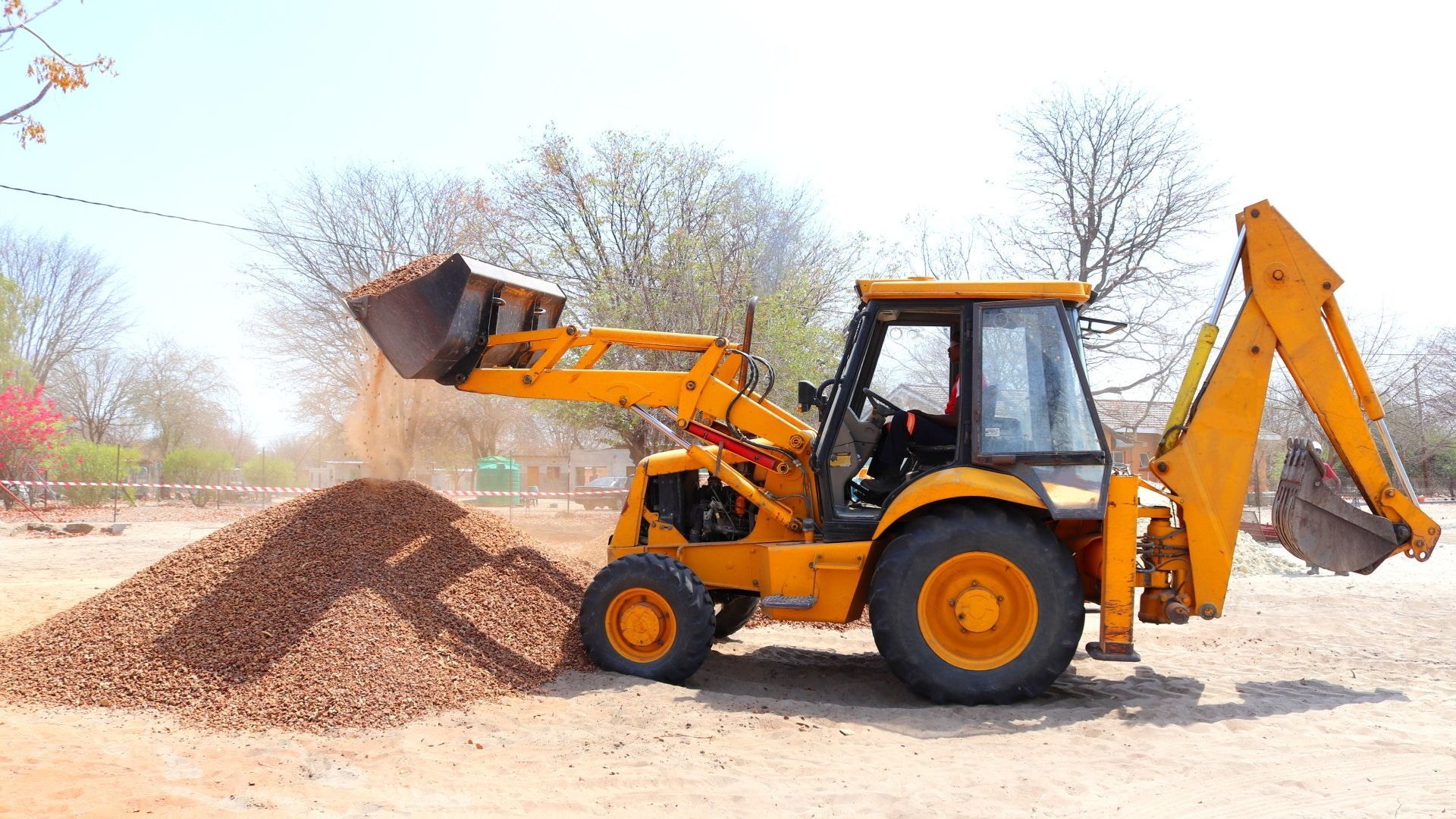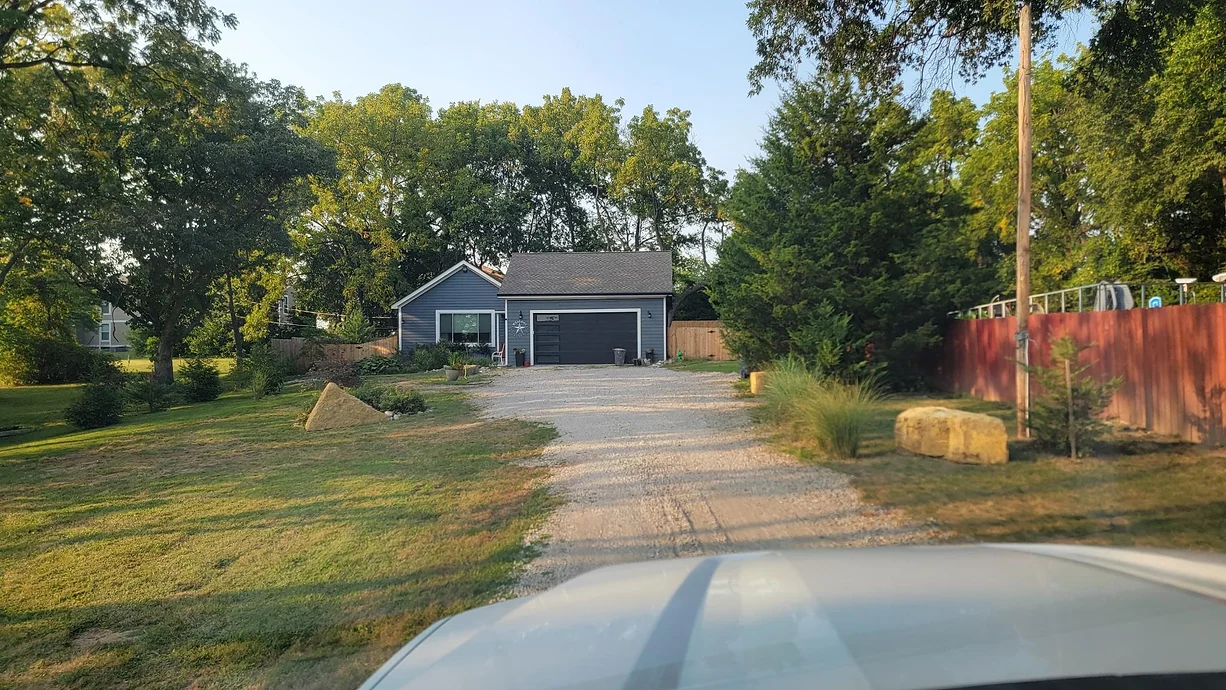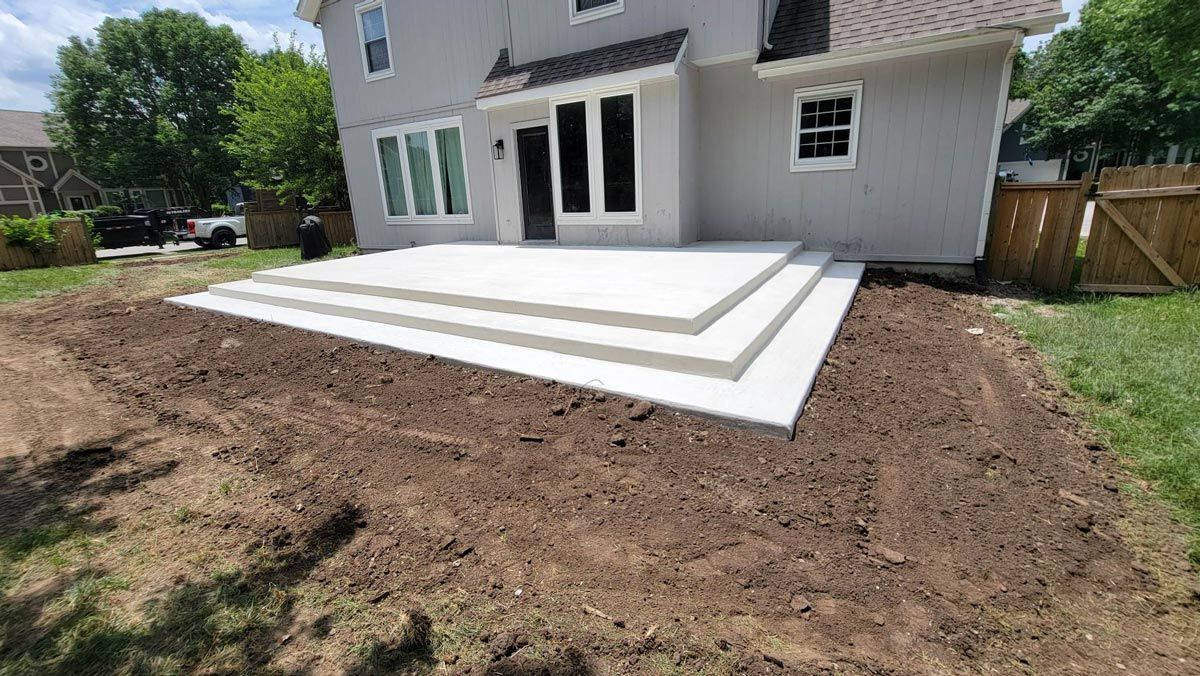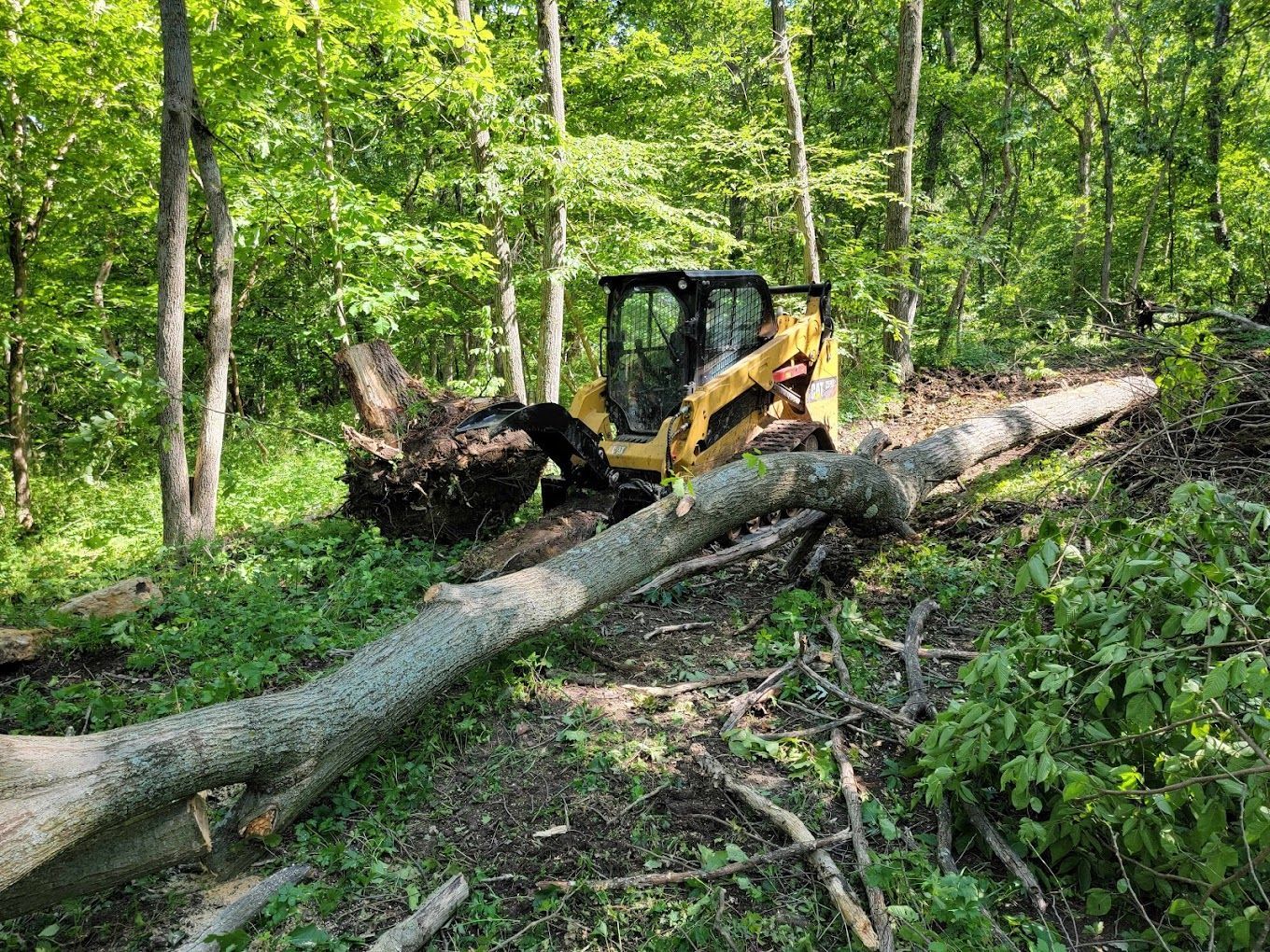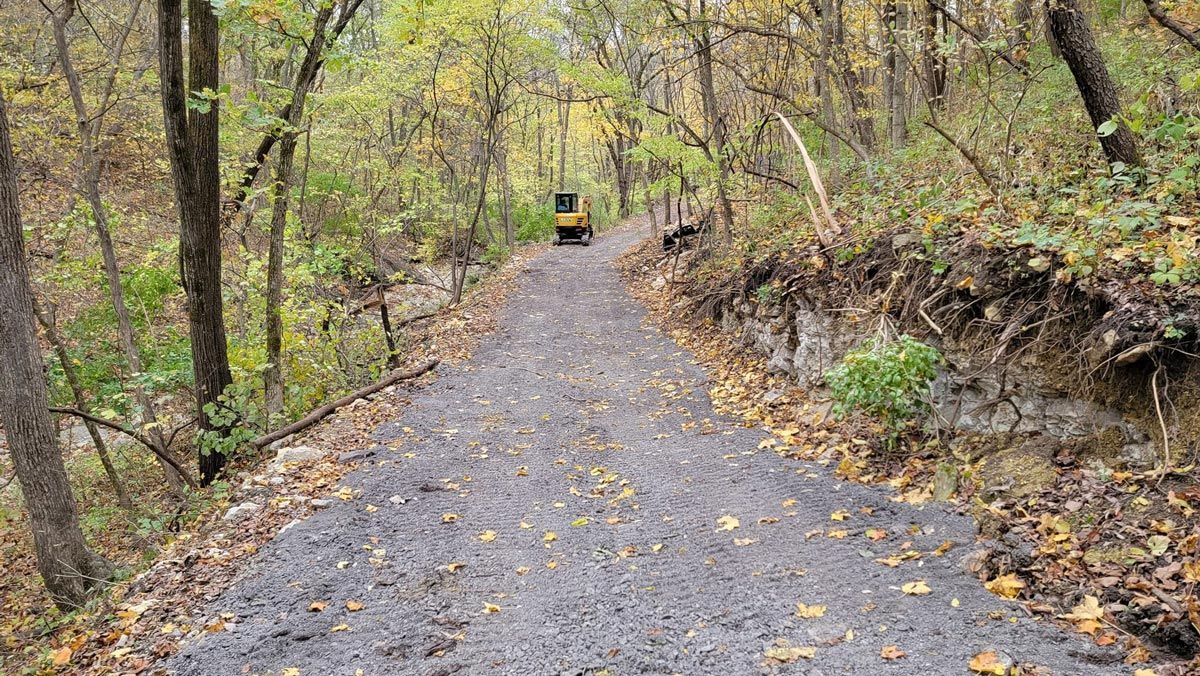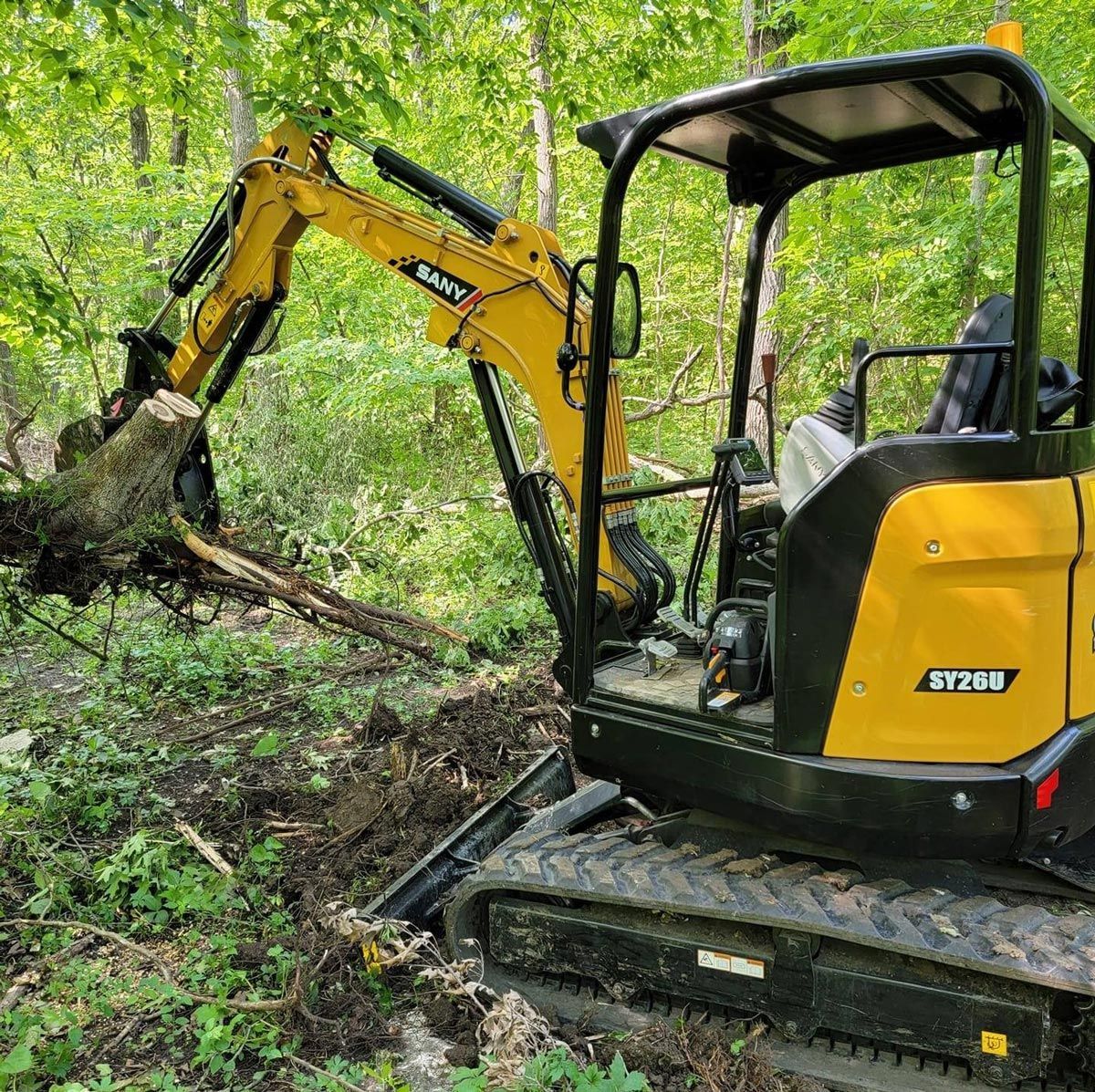Erosion Control in Landscaping: What It Is and Why It Matters
Landscaping is more than just aesthetics, it’s about creating sustainable outdoor spaces that protect your property and the environment. One of the most critical aspects of landscaping that homeowners and property managers often overlook is erosion control. Erosion can damage your garden, destabilize soil, and cause costly structural issues if not properly managed. This guide will explore what erosion control is, why it matters, and practical strategies you can implement in your landscaping.
What Is Erosion in Landscaping?
Erosion is the natural process by which soil, rocks, and other surface materials are worn away and transported by natural forces such as water, wind, or gravity. While erosion occurs naturally over time, human activities such as construction, landscaping, and deforestation can accelerate the process.
In landscaping, erosion can be particularly problematic because it leads to:
- Loss of fertile topsoil, reducing plant growth
- Exposure of roots and destabilization of trees and shrubs
- Sediment runoff into drains, rivers, or lakes, causing environmental harm
- Damage to walkways, patios, and retaining walls
Effective erosion control is the practice of preventing or minimizing this soil movement to protect both your landscape and the surrounding environment.
Why Erosion Control Matters
Erosion control is not just about maintaining the beauty of your garden, it is crucial for safety, sustainability, and property value. Here’s why:
1. Protects Your Soil
Healthy soil is the foundation of any thriving landscape. Without erosion control, valuable topsoil is washed away, leaving behind compacted or infertile soil that struggles to support plant life. Over time, this can require expensive soil replacement or amendments.
2. Prevents Water Damage
Erosion often leads to increased water runoff, which can damage lawns, flower beds, and hardscapes. In severe cases, unchecked erosion can undermine foundations, sidewalks, and driveways, creating both safety hazards and costly repairs.
3. Reduces Environmental Impact
Soil erosion contributes to sediment pollution in waterways, which can harm aquatic ecosystems and reduce water quality. By implementing erosion control measures, you help protect local rivers, lakes, and wetlands from excessive sediment and debris.
4. Enhances Plant Health
Plants thrive in stable soil with proper nutrients and moisture. Erosion control helps maintain soil structure and fertility, supporting healthier and more resilient vegetation.
5. Increases Property Value
A well-maintained landscape with proper erosion control is more attractive to buyers. It demonstrates foresight and reduces potential maintenance issues, ultimately enhancing your property’s market value.
Common Causes of Erosion in Landscaping
Understanding the causes of erosion is essential for effective prevention. Some common factors include:
- Rainfall and Water Runoff – Heavy rains can wash away soil, especially on slopes or areas with poor drainage.
- Wind – In open or arid areas, strong winds can lift and transport topsoil, leaving the ground bare.
- Slope and Grading Issues – Steep slopes or improperly graded land accelerate runoff and soil displacement.
- Deforestation and Removal of Vegetation – Plants naturally stabilize soil with their root systems. Removing vegetation leaves soil vulnerable.
- Human Activities – Construction, landscaping, and foot traffic can disturb soil and increase erosion risk.
Techniques for Erosion Control
Erosion control strategies can be broadly divided into structural, vegetative, and chemical methods. Often, combining multiple strategies yields the best results.
1. Vegetative Erosion Control
Using plants to stabilize soil is one of the most effective and environmentally friendly methods. Techniques include:
- Ground Covers: Low-growing plants like creeping thyme, clover, or ivy reduce soil exposure.
- Grasses: Native grasses with deep root systems hold soil on slopes and banks.
- Trees and Shrubs: Their roots stabilize soil and reduce wind and water erosion.
- Mulching: Applying organic mulch prevents soil displacement, retains moisture, and improves fertility.
2. Structural Erosion Control
Sometimes vegetation alone isn’t enough, particularly on steep slopes or areas prone to heavy runoff. Structural methods include:
- Retaining Walls: These walls support slopes and prevent soil from washing downhill.
- Terracing: Creating stepped levels reduces the speed of water flow and soil loss.
- Riprap: Large stones placed on slopes or shorelines absorb and deflect the energy of flowing water.
- Erosion Control Mats and Geotextiles: Biodegradable mats or synthetic fabrics hold soil in place and promote vegetation growth.
3. Water Management Techniques
Proper water management is key to preventing erosion. This includes:
- French Drains: Subsurface drainage systems that redirect excess water.
- Swales: Shallow, vegetated channels that slow water flow.
- Rain Gardens: Depressions planted with water-loving plants to capture and absorb runoff.
- Proper Grading: Ensuring that land slopes away from structures prevents pooling and soil displacement.
4. Chemical and Soil Stabilization Methods
In some cases, chemical treatments can help bind soil particles together. These methods are generally used for construction sites or areas with severe erosion risks:
- Soil Binders and Polymers: Applied to soil surfaces to reduce displacement.
- Hydroseeding: Spraying a mixture of seed, mulch, and fertilizers accelerates vegetation growth and stabilizes soil.
Erosion Control for Slopes and Hillsides
Slopes are particularly vulnerable to erosion because gravity accelerates soil movement. To stabilize slopes:
- Plant deep-rooted vegetation or native grasses.
- Use terracing or retaining walls to break the slope into smaller, manageable sections.
- Apply mulch or erosion control blankets to prevent surface runoff.
- Consider rock or riprap placement at the base to absorb water energy.
Seasonal Considerations of Erosion Control
Erosion control is not a one-time task. Seasonal changes can affect soil stability:
- Spring: Snowmelt and rainfall increase runoff; reinforce vulnerable areas.
- Summer: Dry conditions may cause soil to become loose; use mulch to prevent wind erosion.
- Fall: Leaf buildup can block drainage systems; clean gutters and swales.
- Winter: Frozen soil may be prone to erosion during thaw cycles; check slopes and drainage.
Benefits of Effective Erosion Control
Investing in proper erosion control offers long-term benefits:
- Reduced Maintenance Costs: Preventing soil loss decreases the need for frequent landscaping repairs.
- Enhanced Plant Growth: Stable, nutrient-rich soil supports healthier gardens.
- Improved Water Quality: Minimizes sediment runoff into storm drains and local waterways.
- Safety and Property Protection: Reduces risk of landslides, sinkholes, and foundation damage.
- Aesthetic Value: Maintains the beauty and integrity of your landscape over time.
Common Mistakes to Avoid
Even well-intentioned landscaping can fail if erosion control is neglected. Common mistakes include:
- Ignoring slopes and drainage when planning landscapes.
- Removing too much vegetation without stabilization.
- Using the wrong plant species for the soil type or climate.
- Relying solely on chemical stabilizers without vegetative support.
- Delaying maintenance of drainage systems, gutters, and swales.
Final Thoughts
Erosion control is a vital, yet often overlooked, component of landscaping. By implementing a combination of vegetative, structural, and water management techniques, homeowners and landscapers can protect soil, improve plant health, and safeguard their property from damage.
With proper planning and ongoing maintenance, erosion control not only preserves the beauty of your outdoor space but also contributes to environmental sustainability.
Ready to protect your landscape and enhance your property? Contact us today to design an effective erosion control plan tailored to your needs.
Frequently Asked Questions
What is erosion control in landscaping?
Erosion control in landscaping refers to the methods and techniques used to prevent soil loss caused by water, wind, or gravity. It involves stabilizing soil through vegetation, structural measures like retaining walls, and water management systems such as swales or French drains. Effective erosion control helps maintain soil fertility, prevents property damage, and reduces sediment runoff into waterways.
Why is erosion control important for my garden or yard?
Without erosion control, valuable topsoil can be washed away, leading to poor plant growth, exposed roots, and damaged lawns. It also prevents water runoff from causing flooding or structural damage, protects the local environment by reducing sediment pollution, and ensures that landscaping investments last longer.
What are the best plants for preventing erosion?
Plants with deep root systems are most effective at stabilizing soil. Native grasses, ground covers (like creeping thyme or clover), shrubs, and trees can all help anchor soil on slopes or flat areas. Choosing plants suited to your local climate and soil type is key to long-term erosion control.
How do I control erosion on slopes and hillsides?
Slopes are particularly prone to erosion. Techniques include planting deep-rooted vegetation, building terraces or retaining walls, using mulch or erosion control blankets, and placing riprap at the base of steep areas. These methods slow water flow, hold soil in place, and prevent washouts.
Can I use chemical methods for erosion control?
Yes, chemical methods such as soil binders or hydromulching can stabilize soil in areas with severe erosion risk. However, they should be used alongside vegetation and proper drainage measures. Chemical methods are typically applied in construction zones or locations where planting alone isn’t sufficient.
How do I maintain erosion control measures over time?
Regular maintenance is essential for effective erosion control. Check slopes, drainage systems, and retaining structures after heavy rain or seasonal changes. Replant or mulch bare areas, remove debris from swales and drains, and ensure that vegetation remains healthy and dense to continue stabilizing the soil.
Read More


